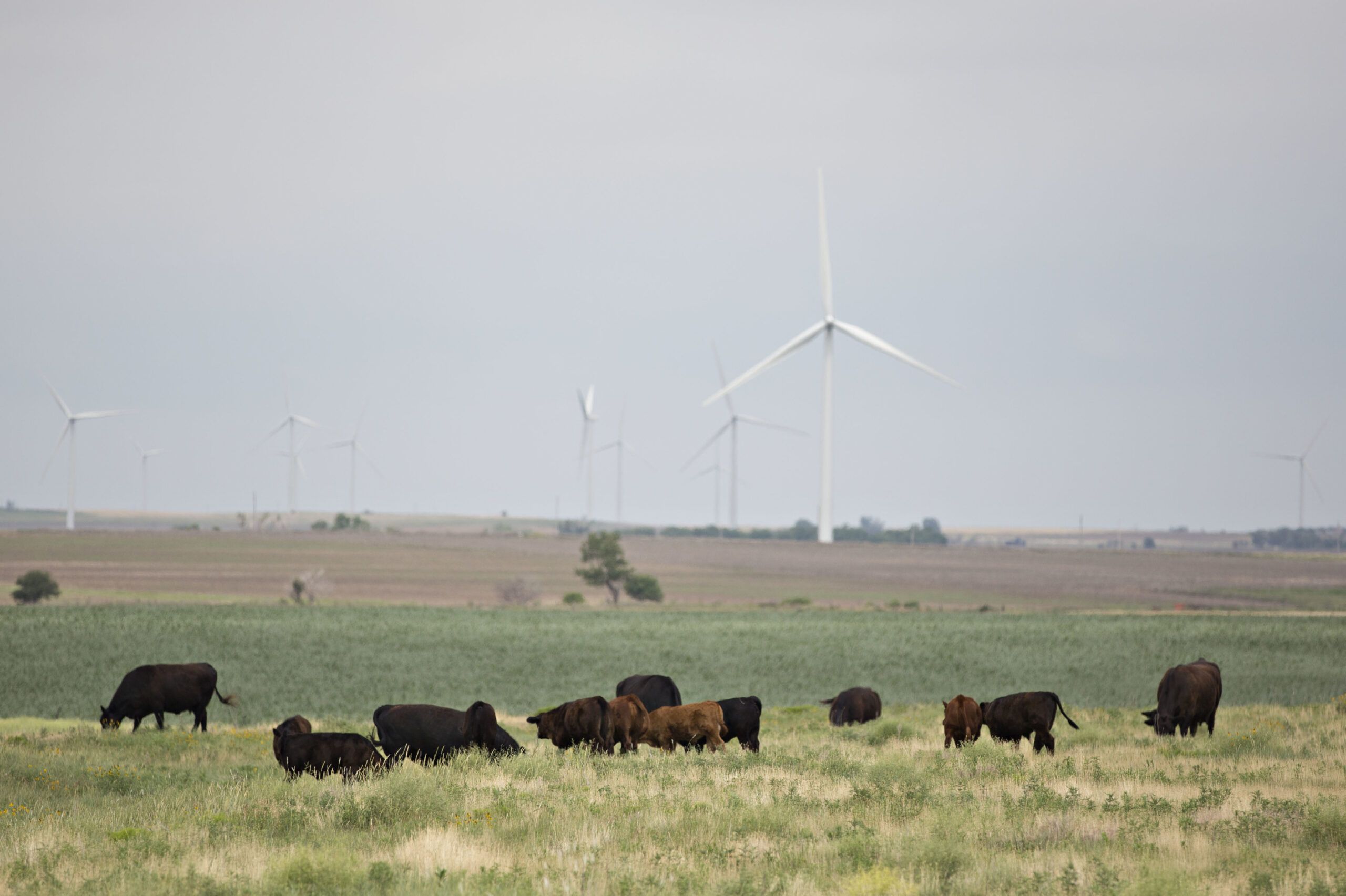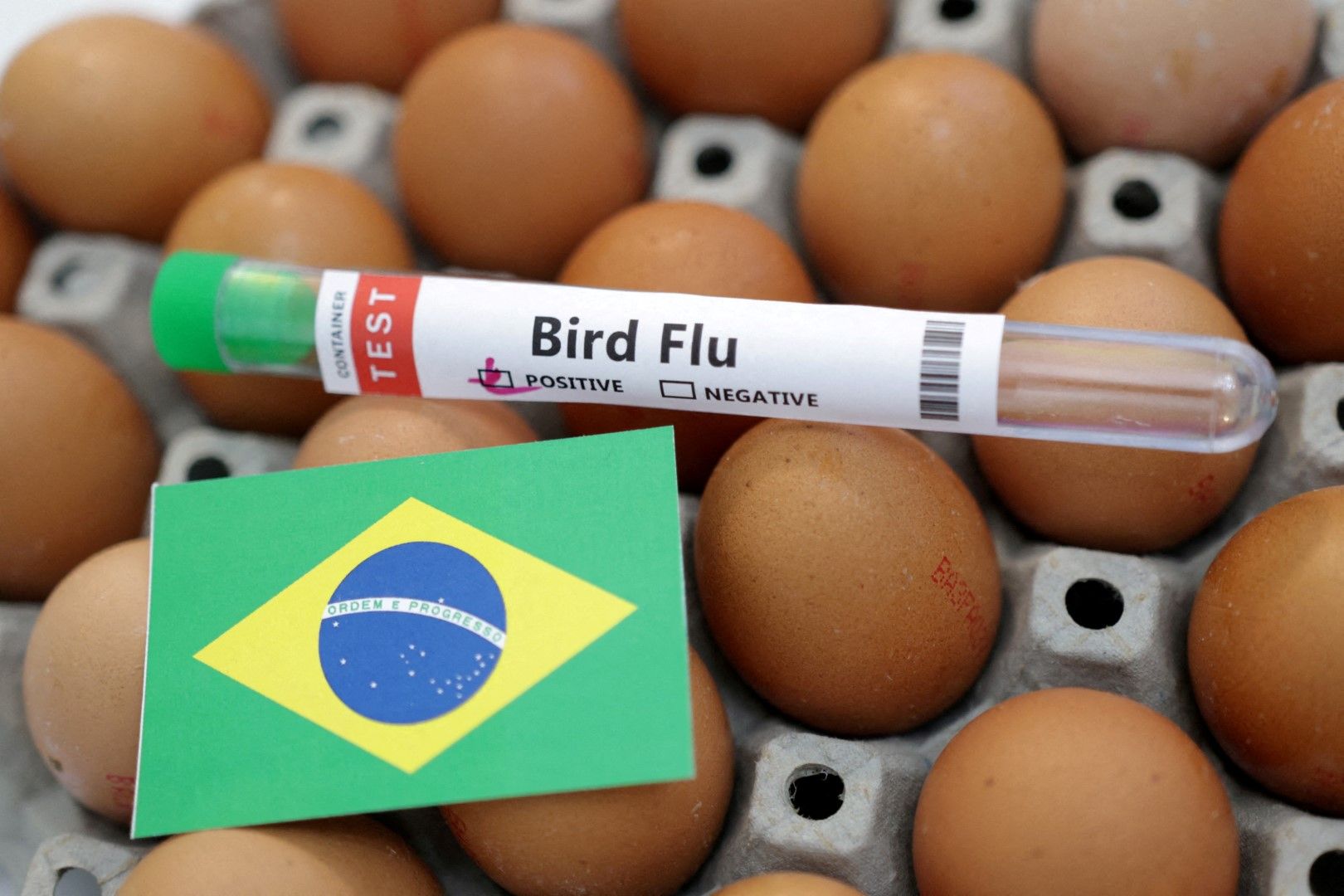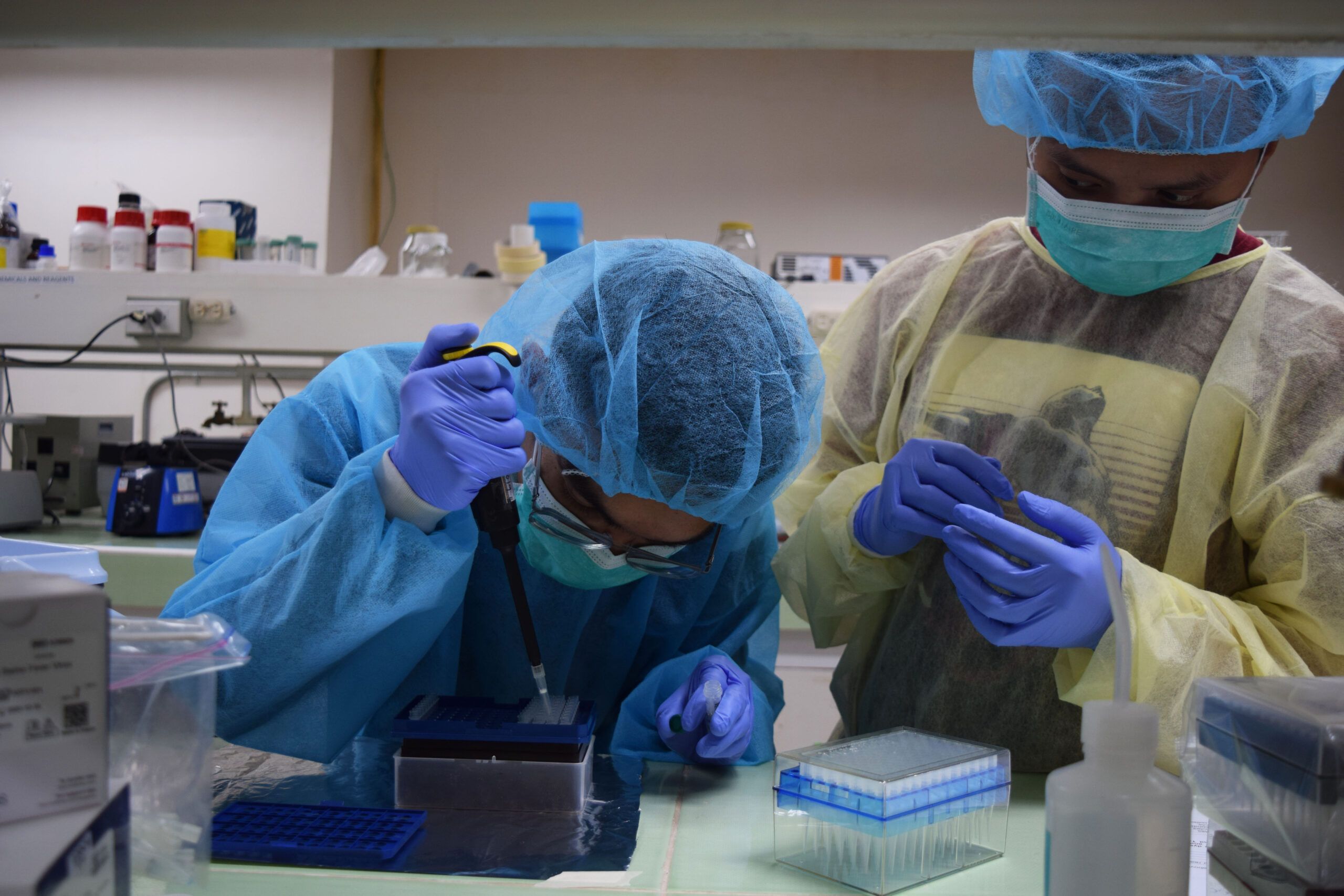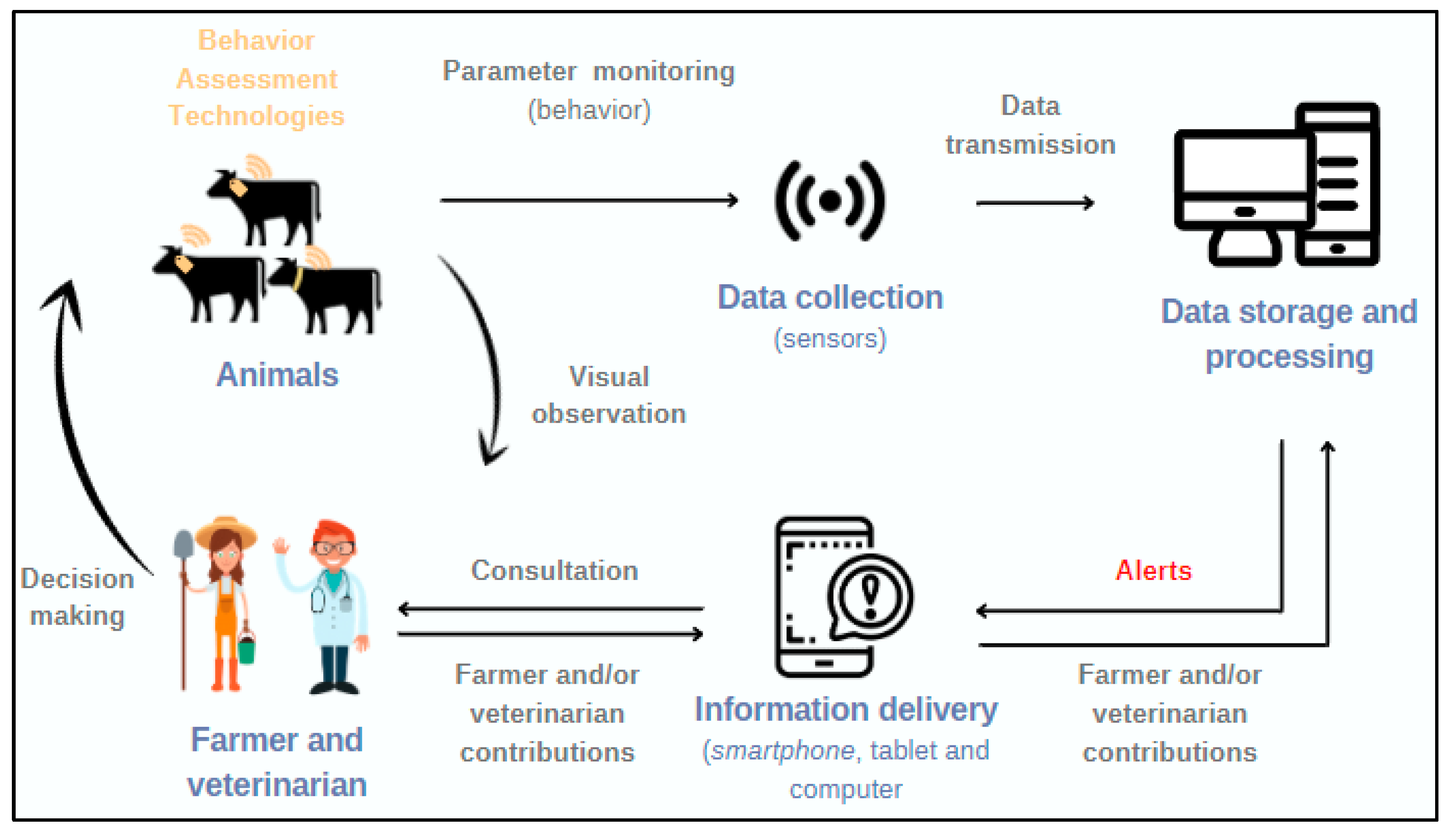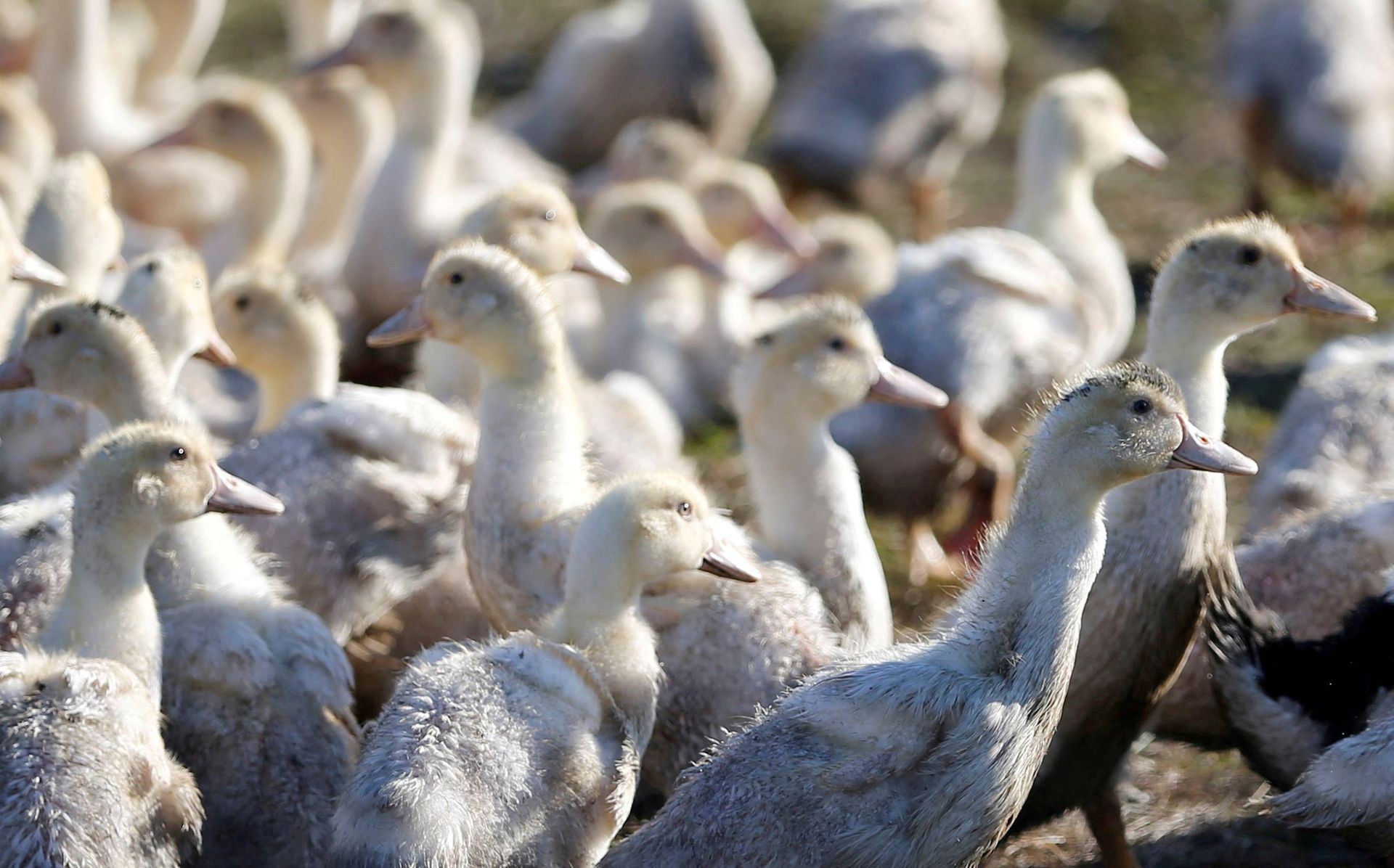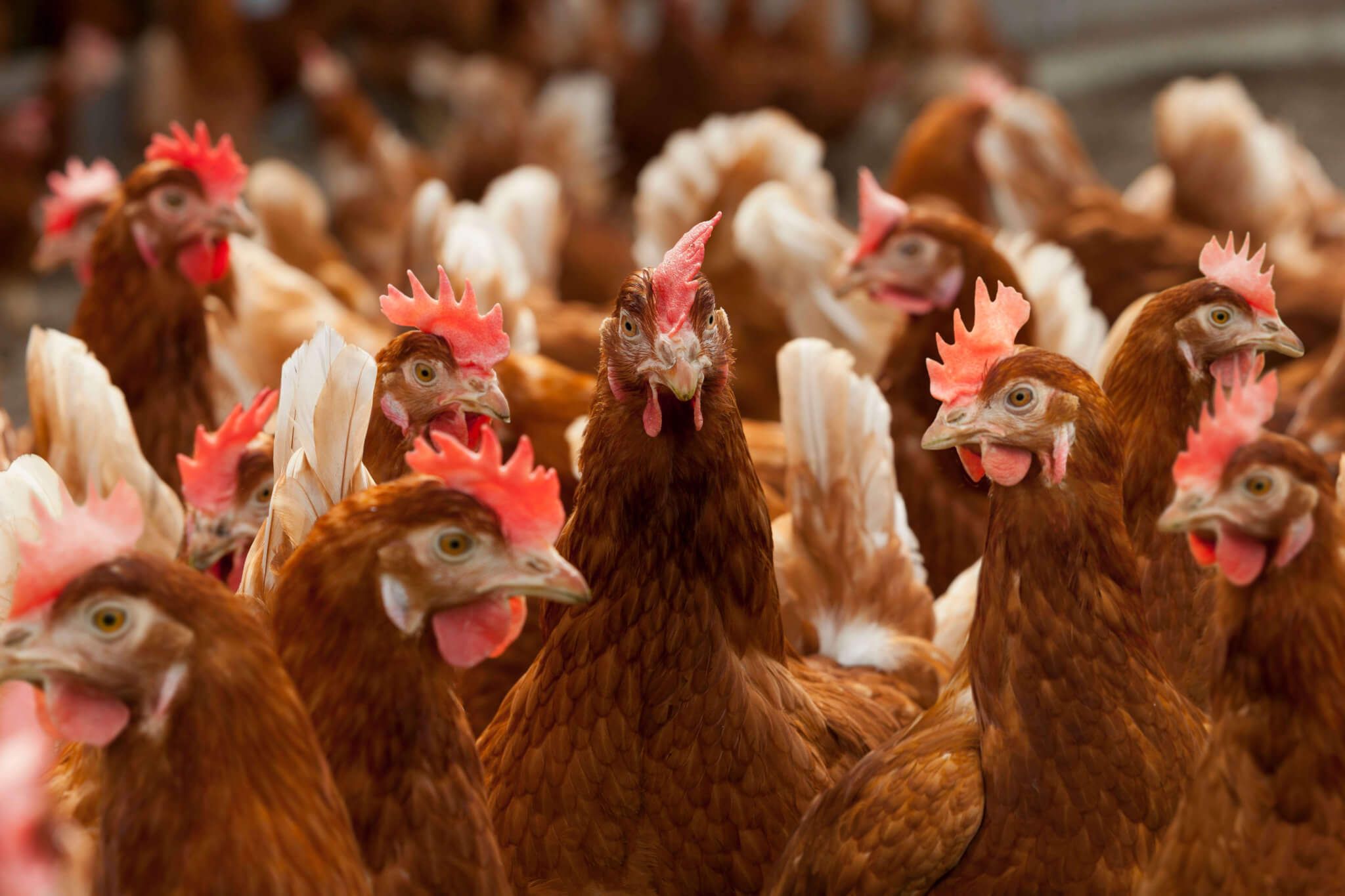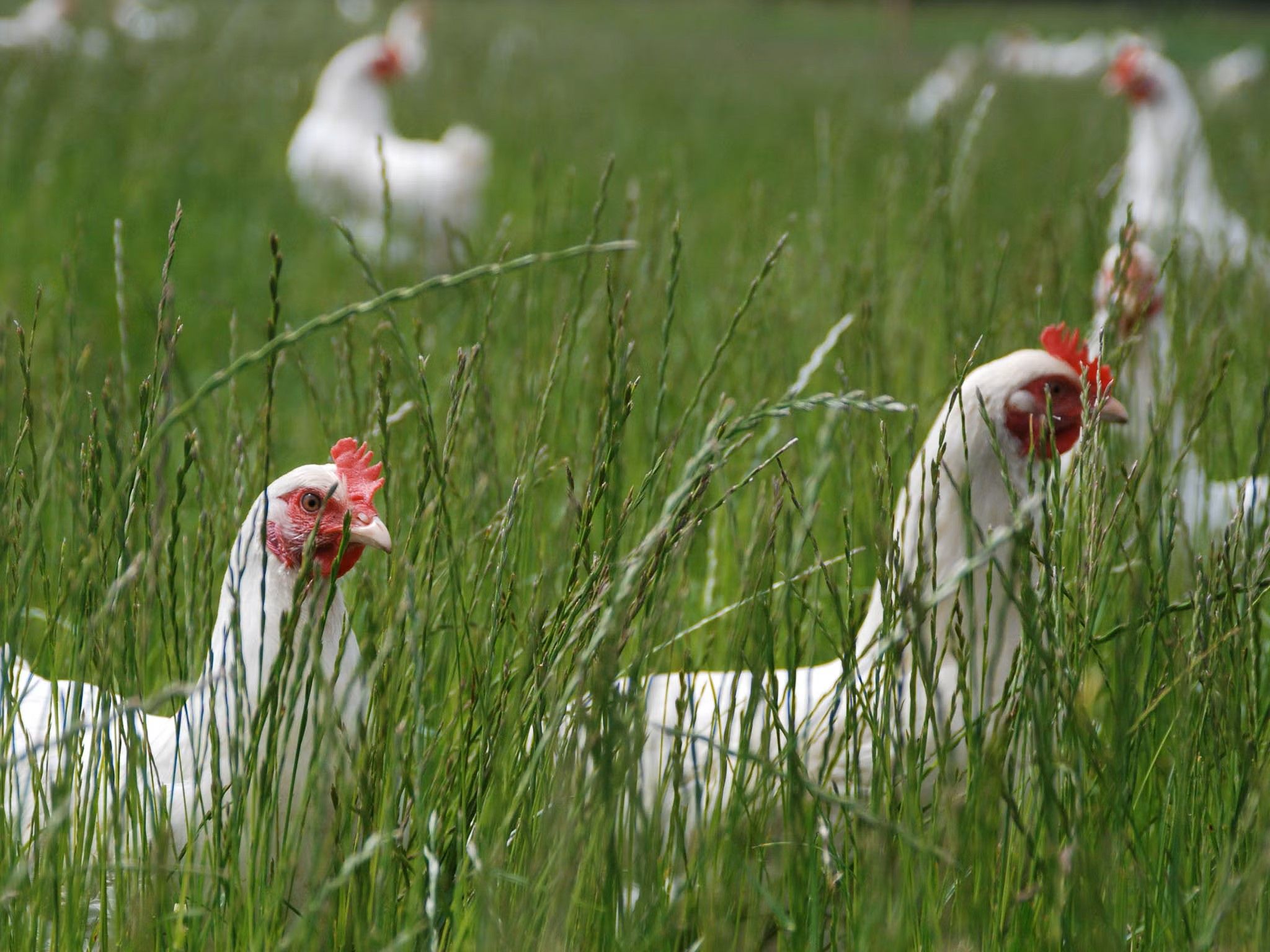Hundreds of US cattle die in world’s hottest month
Hundreds of cattle in Iowa died from extreme heat and humidity in late July, Reuters reported, citing the state and livestock producers, as the world recorded its hottest month on record. The deaths show the toll of severe weather on livestock and food production. The losses further reduce the US cattle herd, already the smallest in decades, after drought forced ranchers to slaughter more cows for lack of pasture to feed them. While not massive in numbers, producers said the recent deaths were unusual. Cattle also died of heat in Kansas and Nebraska, state officials said. Gary Vetter, who raises cattle in western Iowa, said he worked to protect local herds, but about 53 cattle died at three of his neighbours’ feedlots during the last week of July. “They just started falling off, and there was nothing you could really do about it,” Vetter said. “I’ve never seen anything like it.” Heat is usually most dangerous for the heaviest cattle, which weigh more than 1,000 pounds (450 kg), but temperatures and humidity rose so high that even lighter 700-pound cattle died, said Vetter, whose farm near Iowa had a thermometer reading of 47 degrees Celsius (113 degrees Fahrenheit). The US Department of Agriculture (USDA) is offering disaster assistance that could help compensate producers whose cattle died.
